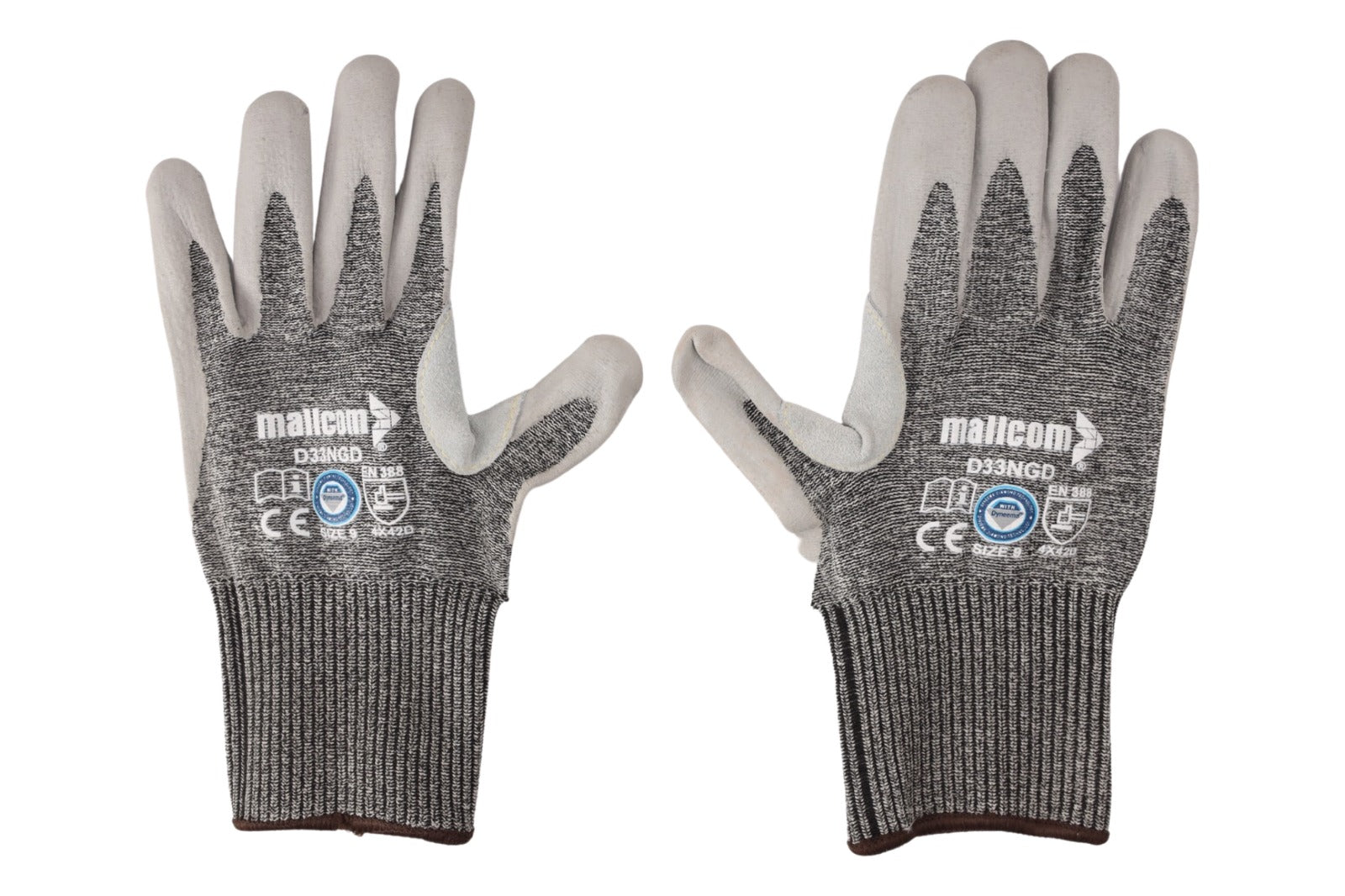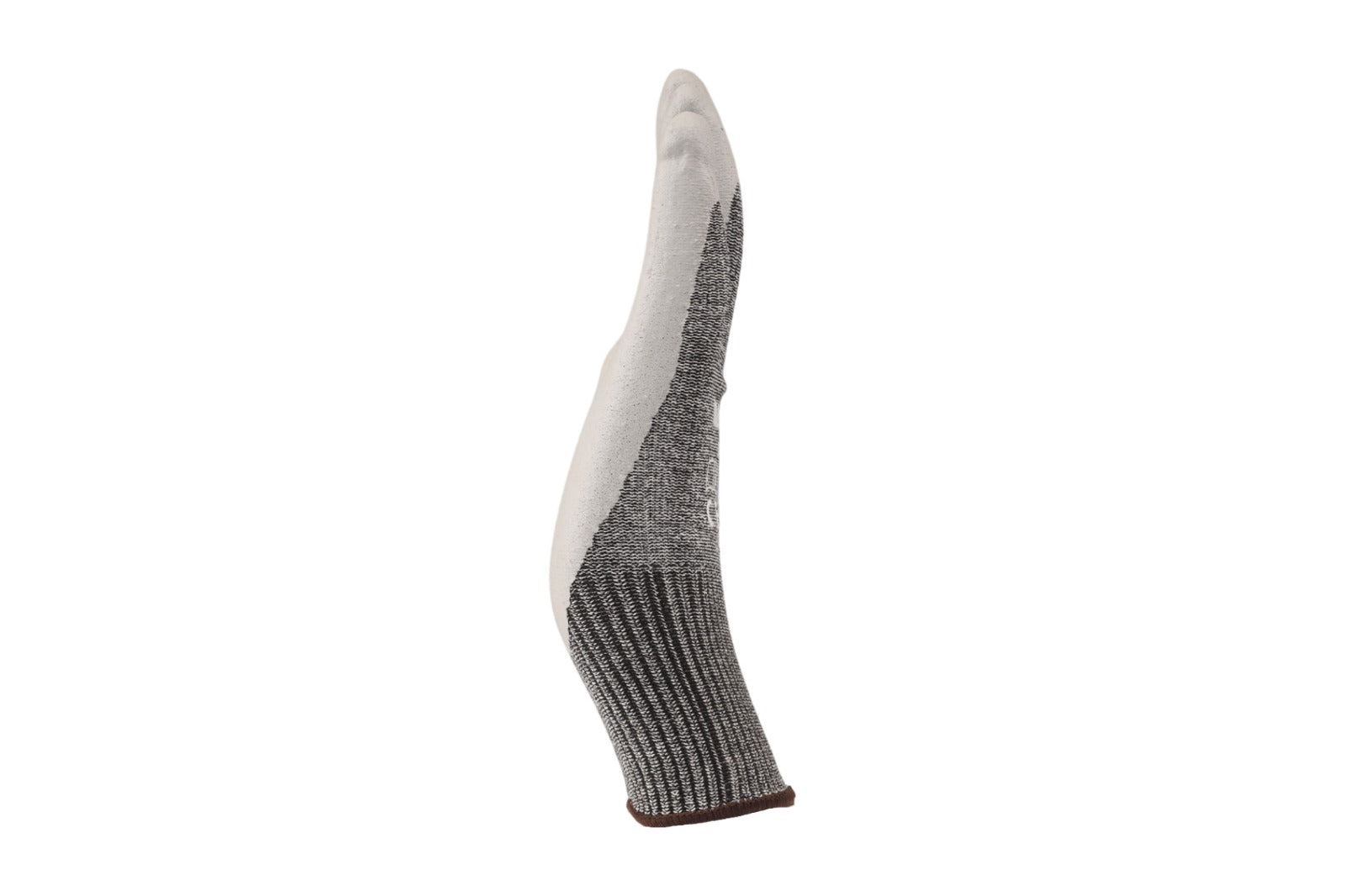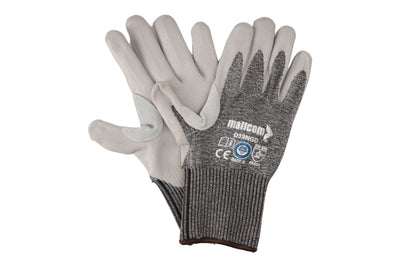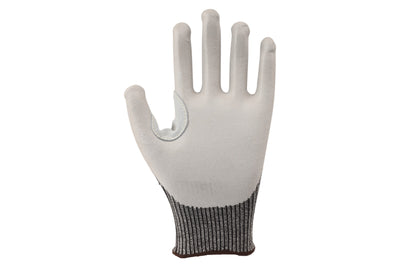D33NGD
Share
DYNEEMA® NITRILE GLOVES
- Cut Resistant Seamless NBR Coated Glove
- 13G Dyneema ® yarn knitted liner
- Grey palm foam finish over grey shell
- Split leather crotch reinforcement
ABRASION
TEAR RESISTANT
CUT RESISTANT
IMPACT RESISTANT
EN388:2016+A1:2018
Delivery & Services

Easy Return
with our 15 days return poicy
Regular price
Rs. 0
Sale price
Rs. 0
Regular price
Tax included.
Shipping calculated at checkout.
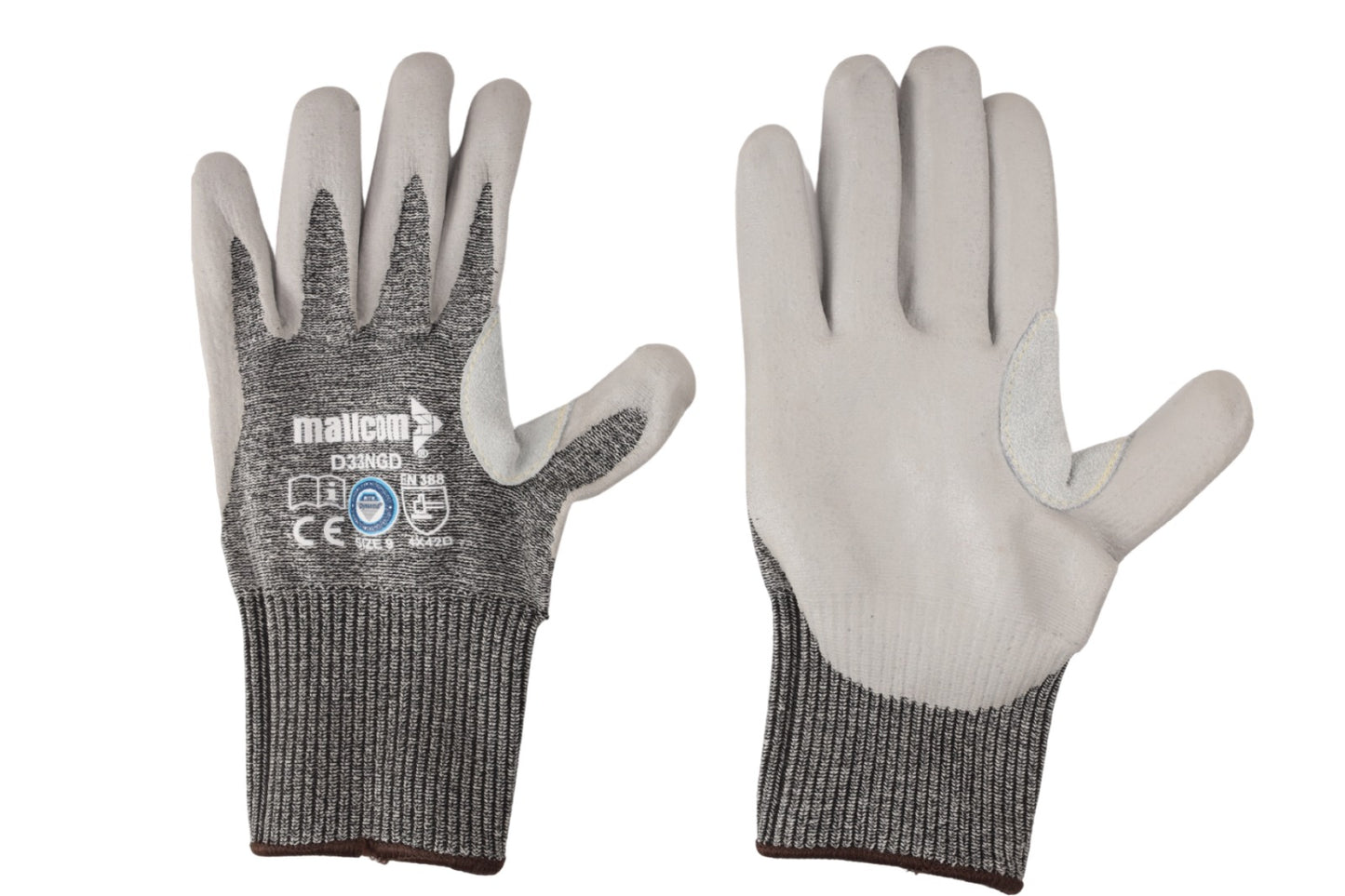

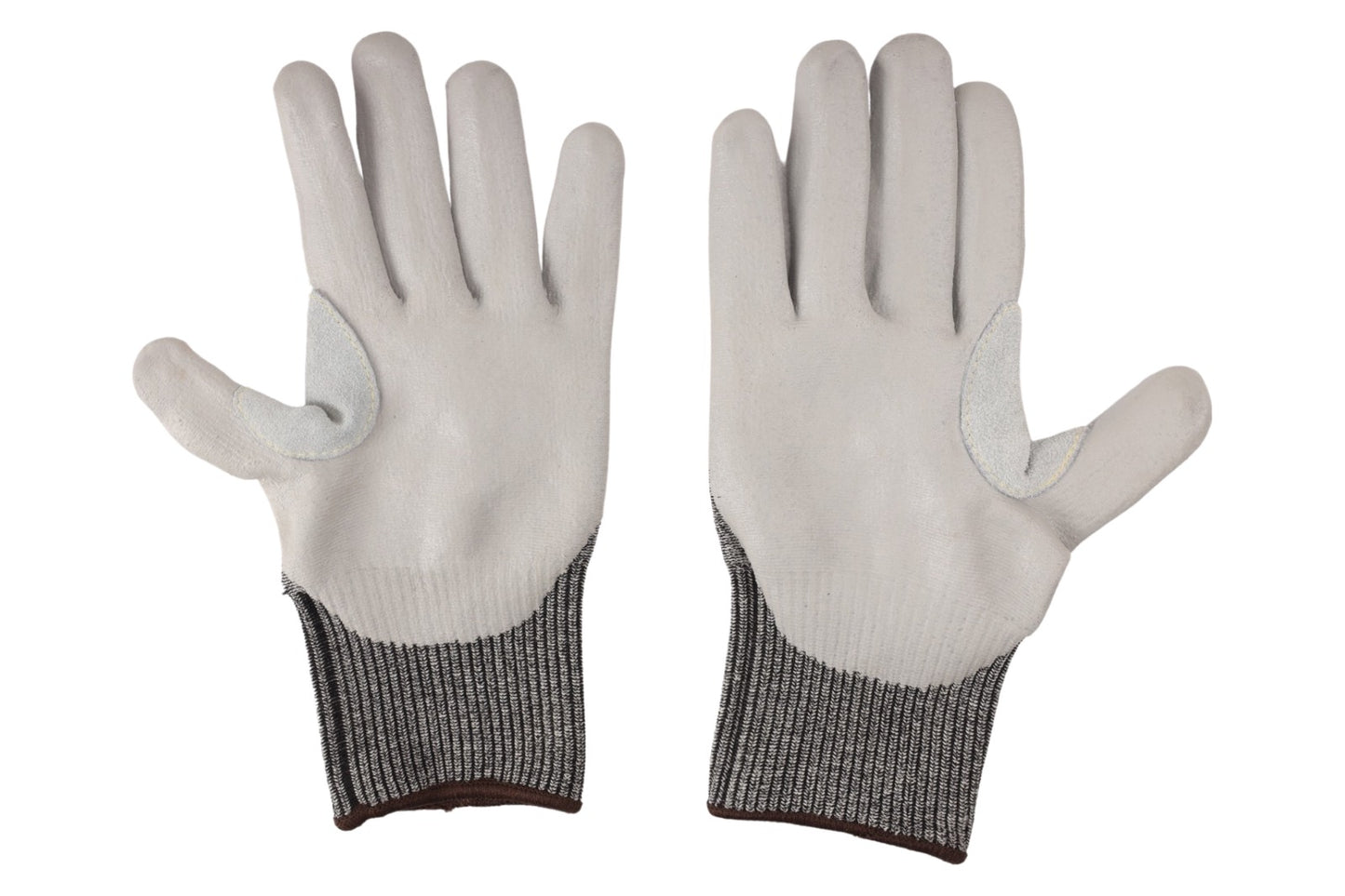

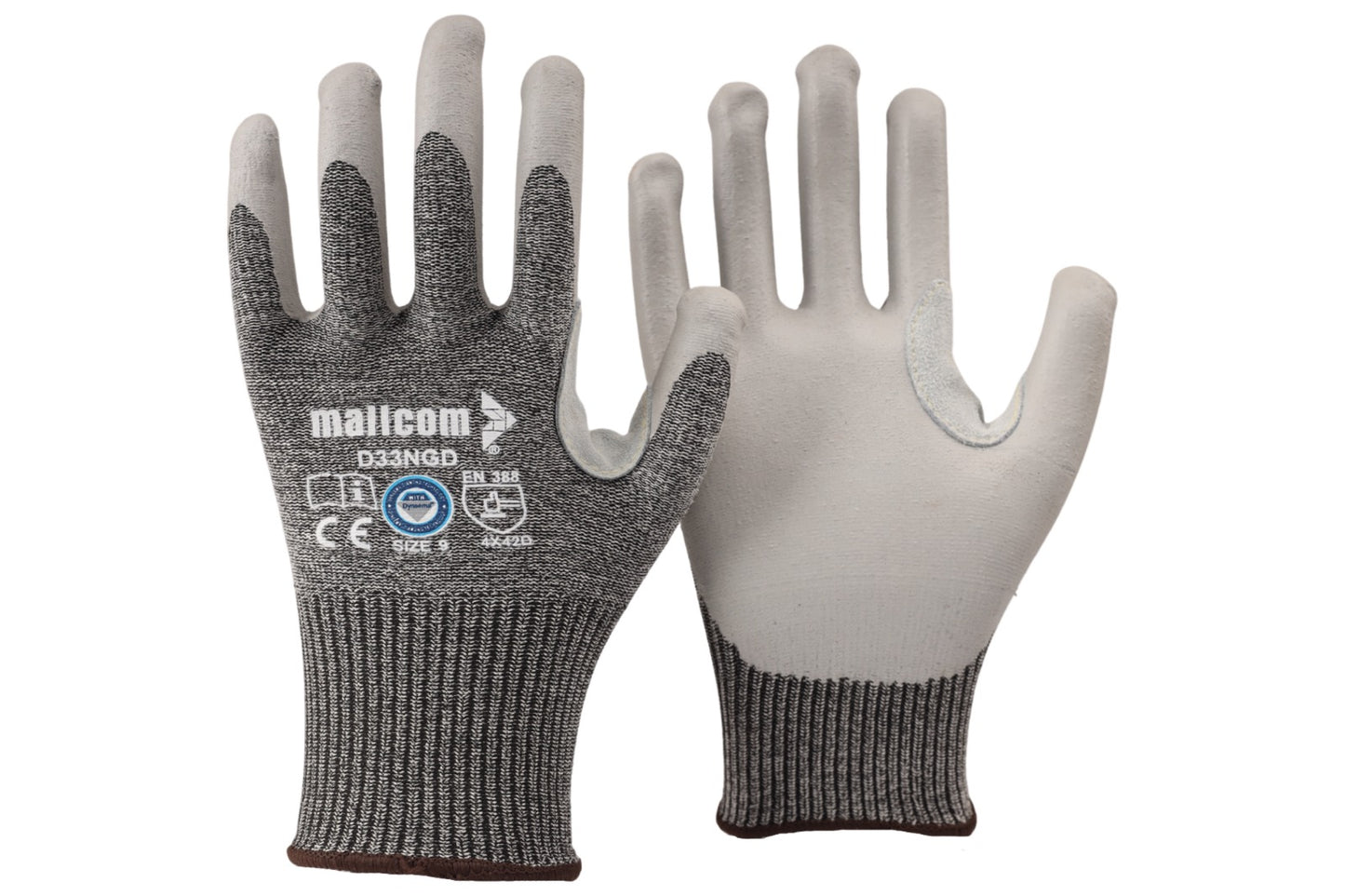
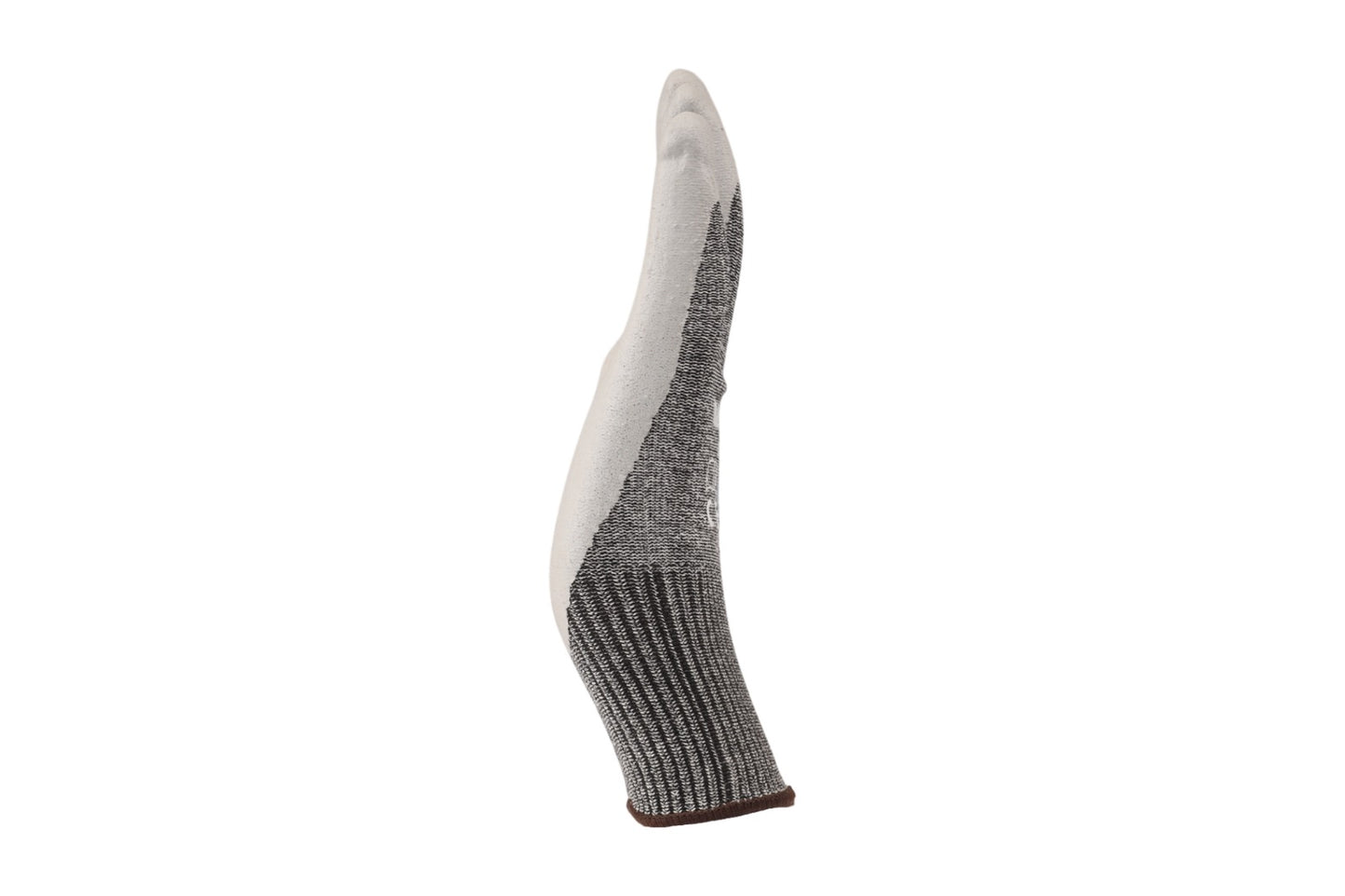




ABOUT THE DESIGN

USEFUL IN THESE INDUSTRIES
AUTOMOBILE
GLASS & CERAMIC
LOGISTICS
HEAVY ENGINEERING
MANUFACTURING

Product Features
ABOUT THE DESIGN
USEFUL IN THESE INDUSTRIES
AUTOMOBILE
GLASS & CERAMIC
LOGISTICS
HEAVY ENGINEERING
MANUFACTURING
Product Details




